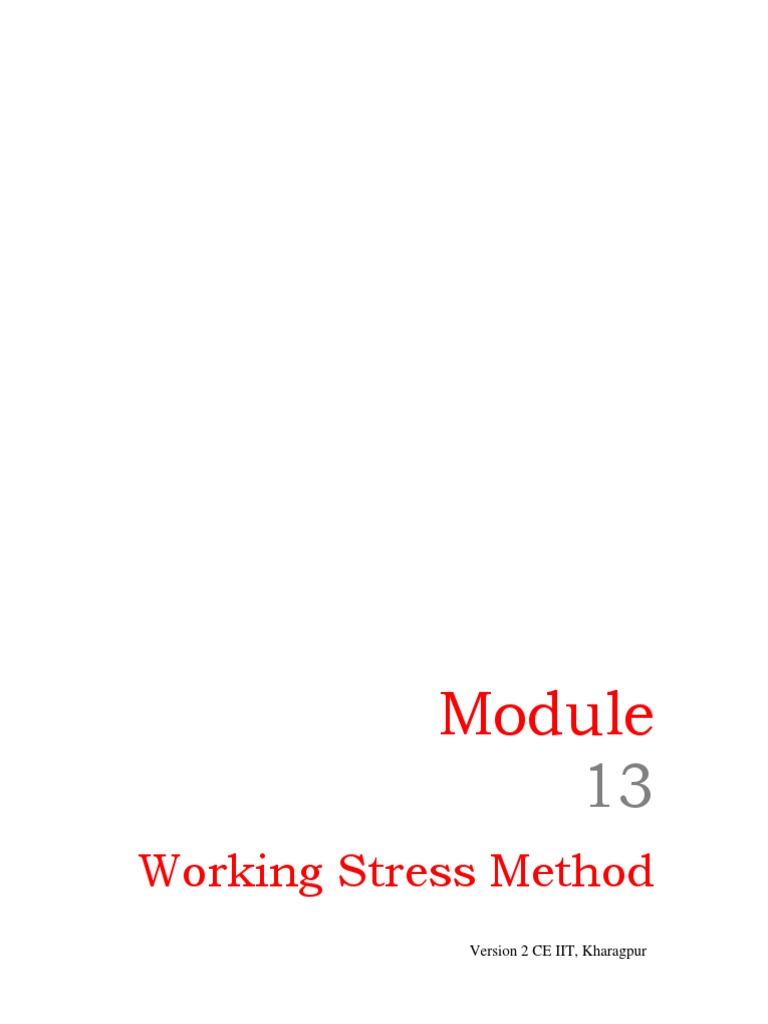Understanding History A Primer Of Historical Method Pdf
Since 1933 I have collaborated with various colleagues in the teaching of a 'Laboratory Course in Historical Method.' The word 'laboratory' in the title of that course is taken seriously. Each student is expected to do as much of his work as possible in the presence of the others and of the professor.
The title of this focused issue is ‘About Time: Putting Process Back into Firm Internationalisation Research’. It would therefore seem obvious that historical research methods, whose primary concern is the role of time, would be at the forefront of the analysis. This is not necessarily the case, as these methods are neglected in internationalisation research, and in international business more generally. Historians face many of the same research problems that business researchers do—notably questions related to the analysis of process—but they have produced different answers, particularly in relation to the nature of causation. As a field, international business researchers need to question our research approaches more deeply.
This paper seeks to examine the types of research approaches from history that might aid in a more rounded analysis of internationalisation. Issues of sequencing, path dependence, contingent choices and the evaluation of alternatives are all critical in the internationalisation process and are grist to the mill of historical research. An examination of historical research methods leads to a new approach to the concept of internationalisation itself. Brazilian jiu jitsu dvd torrent.
1.1 Historical Research Approaches: The Challenge of Different Underlying Philosophies
It is the difference in underlying philosophy between history and social science that presents the keenest challenge in integrating the temporal dimension with international business research. The contrast between the philosophy underlying history and that of social science—an issue for over a century (e.g., Simiand 1903)—is put by Isaiah Berlin:
1903)—is put by Isaiah Berlin:History details the differences among events, whereas the sciences focus on similarities. History lacks the sciences’ ideal models, whose usefulness varies inversely with the number of characteristics to which they apply. As an external observer the scientist willingly distorts the individual to make it an instance of the general, but the historian, himself an actor, renounces interest in the general in order to understand the past through the projection of his own experience upon it. It is the scientist’s business to fit the facts to the theory, the historian’s responsibility to place his confidence in facts over theories (Berlin 1960, p. 1 (Abstract).1

Gaddis (2002) suggests that a particular contrast between history and social science is that history insists on the interdependence of variables, whilst mainstream social science methods rely on identifying the ‘independent variable’ which affects (causes) changes in dependent variables (Gaddis 2002, particularly Chapter 4). He suggests that this parallels the distinction between a reductionist view and an ecological approach (2002, p. 54), and that this arises from the social scientists’ desire to forecast the future (2002, p. 56). This also implies continuity over time—the independent variable persists in its causative effect(s). It is also connected with assumptions of rationality, which also is assumed to be time-invariant. Social scientists would counter that historians are theory resistant, at least to the kind of independent variable/rationalist/context-invariant reductionist theory that (perhaps stereotypically) characterises economistic approaches.
Compromises are possible. Recognising sensitive dependence on initial conditions brings ‘narrative’ and ‘analysis’ much closer together, as does dividing time into manageable units—perhaps ‘short-term and long term’ or ‘immediate, intermediate and distant’ (Gaddis 2002, p. 95). Causality, interdependence, contingency and moderating variables are more manageable when the time-frame is defined. Research in history therefore demonstrates the importance of time, sequencing and process. It also highlights the role of individuals and their decision making. These elements are particularly important in examining entrepreneurship and individual (manager’s) decisions and their outcome in contexts such as the internationalisation of the firm.2
How, then, would we recognise if genuinely historical work had been accomplished in internationalisation studies (or indeed in any area of the social sciences)? Tilley (1983, p. 79) gives us an answer:Understanding History A Primer Of Historical Method Pdf
Stree teri kahani radha image. By ‘genuinely historical’, I mean studies assuming that the time and place in which a structure or process appears makes a difference to its character, that the sequence in which similar events occur has a substantial impact on their outcomes, and that the existing record of past structures and processes is problematic, requiring systematic investigation in its own right instead of lending itself immediately to social-scientific synthesis.
History matters—the importance of historical effects in international business—is illustrated by Chitu et al. (2013), who document a ‘history effect’ in which the pattern of foreign bond holdings of US investors seven decades ago continues to influence holdings today. Holdings 70 years ago explain 10–15 % of the cross-country variation in current holdings, reflecting the fixed costs of market entry and exit together with endogenous learning. They note that fixed costs need not be large to have persistent effects on the geography of bilateral asset holdings—they need only to be different across countries. Indian classical tabla instrumental music free download mp3. Evidence was also found of a ‘history effect’ in trade not unlike that in finance. The history effect is twice as large for non-dollar bonds as a result of larger sunk costs for US financial investments other than the dollar. Legacy effects loom large in international finance and trade.
Characteristics Of Historical Method
It is argued in this paper that time and place (context) do make a difference to the structure and process of an individual firm’s internationalisation, that past structures and processes do influence outcomes and that proper acknowledgement of context is vital in understanding and theorising internationalisation. It is further argued that attention to these issues leads to a new conception of internationalisation.